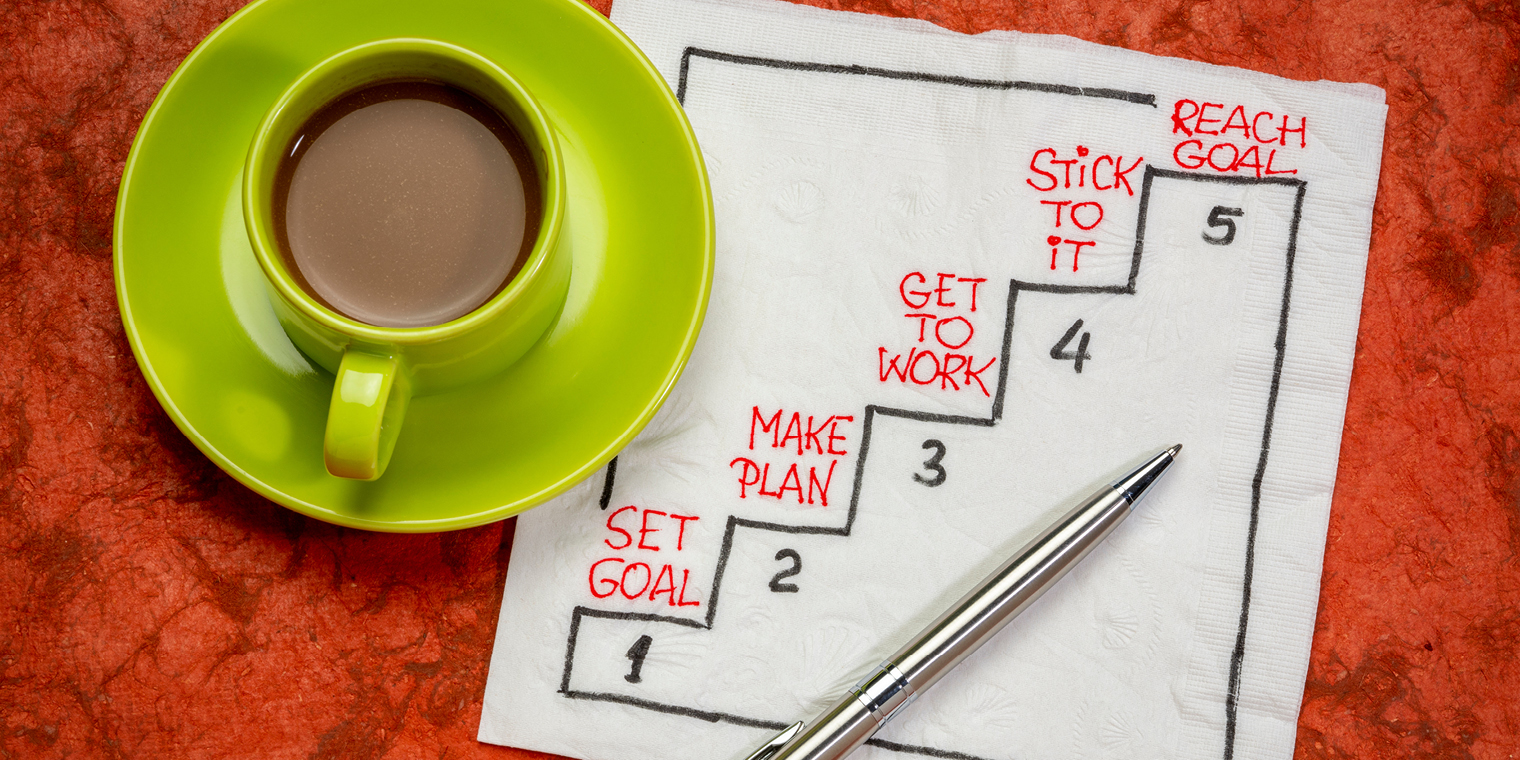The power of the domino effect in goal-setting.
The truth is that, for most, it’s not willpower or desire that helps us reach our goals; it’s changing our habits and making little, seemingly minor decisions each day that contribute to the big, noticeable changes later on.
That said, willpower does play an essential role in establishing new habits and reaching important goals. Research has shown that a new habit takes at least 60 days to stick. So, pushing through, delaying gratification and resisting short-term temptations during this time frame requires willpower.
A few weeks back, I had the privilege of sitting down with James Clear, bestselling author of Atomic Habits and a recognized authority on the topic of habits. Clear’s writing process actually started as a weekly habit. Today, several hundred thousand people subscribe to his newsletter and read his insights.
Here are a few key takeaways on habit-building that I learned from reading Atomic Habits and from my recent discussion with James:
The 1% Rule
Most of us want change to happen overnight. As such, we tend to lose patience waiting for our efforts to produce results. The reality is that lasting change manifests from compounding effort; doing or not doing small, seemingly insignificant things each and every day. And this takes time.
Clear did the math on all this and found that, if you can get 1 percent better each day for one year, you’ll end up thirty-seven times better by the time you’re done. Conversely, if you get 1 percent worse each day for one year, you’ll decline nearly down to zero.
Take soda as an example. Over the course of a year, you would surely see the result of adding or subtracting the 51,000 calories (of mostly sugar) contained within a can of soda.
Same thing goes for something like running a marathon. If you started by running just a half-mile and then ran 1 percent more each day, in just a few months, you’d be running the distance.
Now, you’d need to tap into that willpower thing again to actually put one foot in front of the other and start running, but running 1 percent more each day is psychologically more doable than the idea of running a full marathon.
Habit Stacking
One of the best ways to successfully add a new habit into your routine is to stack a new habit on top of an existing one.
Let’s say part of your morning routine is to make coffee first thing and you want to start writing in your journal in the morning. Using the habit stacking method, you’d set your coffee to brew and write in the journal during those five minutes your coffee is being made. Since your morning coffee is already a built-in trigger, it makes it easier to stack a new, positive habit on top of it.
You can do this professionally as well. Want to celebrate more wins within your organization? Add that segment to an existing daily meeting.
Moment of Decision
Each day, personally and professionally, we face key decision-making moments that can alter our outcomes for not only the rest of the day but for long after. Whether you decide to log onto Facebook and get distracted or make headway on that writing project is drastically affected by what happens in the first few seconds.
If your phone is right next to you when you wake in the morning, you might go down the Facebook route and miss your writing window. However, if you leave your cell phone downstairs and replace it with a pen and journal on your night stand, you are more likely to write in those first few moments after waking.
These small changes drive you towards more desirable choices that, eventually, you’ll find easier to do and continue doing.
Robert Glazer is the founder and CEO of Acceleration Partners, an award winning performance marketing agency. 100,000+ leaders in over fifty countries receive his “Friday Forward” email each week and share it with their company, family and friends. Join today at www.fridayfwd.com






